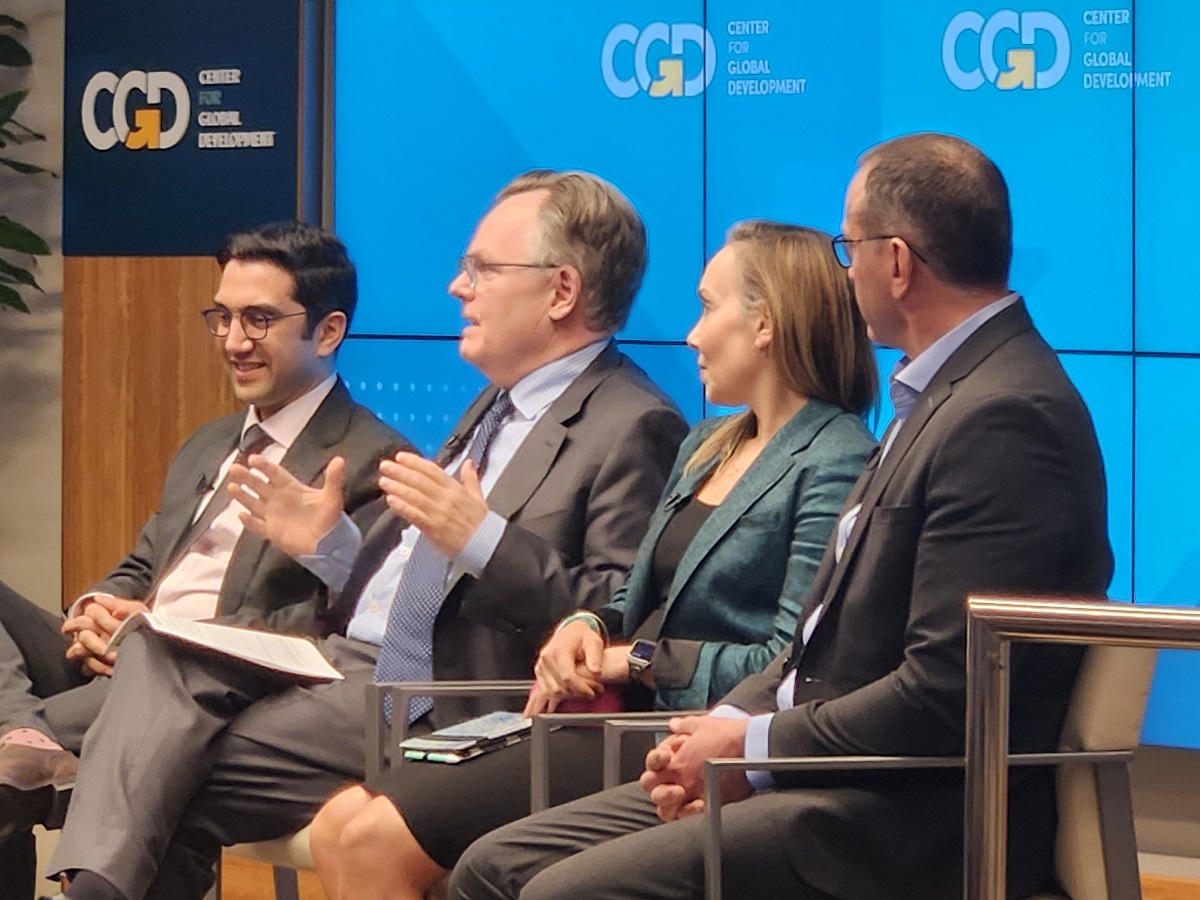You may have missed a recent dry-sounding but groundbreaking report, Default Statistics: Private and Sub-Sovereign Lending 2001-2019. It summarizes data from the Global Emerging Markets (GEMs) Risk Database for a set of 11 multilateral development banks (MDBs) and development finance institutions (DFIs) on default rates on their credits to private and sub-sovereign borrowers. This is the first time information on these data has been made available to the public, even though credit performance data would well serve the frequently cited DFI objective of “building markets.” It has been a long struggle to get to publication, despite the fact that these credits are issued by publicly funded institutions accountable to government shareholders. Many have called for expanding access to GEMs data for years. (See, for example, The B20 Taskforce, Werner Hoyer, Convergence.) You may leap to the conclusion that the reason for avoiding disclosure was to hide poor performance—high default rates. You would be wrong. The default rates have mostly been in the range of 2-4 percent over the years, aggregated over all the institutions and countries of operations. Default rates for infrastructure credits are not greatly different than rates for credits to the financial sector.
Unfortunately, that is about all you can learn from the report because the default data are not disaggregated by country, region, country income group, sector, or type of credit instrument. Nor are recovery rates provided—making it impossible to assess how many of these defaults were resolved without loss of capital. Potential private creditors, of course, are interested in a more detailed analysis in order to help them assess risk in their own lending decisions. In fact, more transparency about the MDB track record in and of itself would be a powerful force for making and expanding markets. It would very likely challenge some preconceptions about risk, and it would help more accurately assess risk where the absence of information results in excess risk premia. And yet we have no reason to believe that more disaggregated analysis is forthcoming. That wastes a major MDB information asset.
Of course, businesses involved in these transactions want confidential information protected. No one disputes, however, that that can be achieved through some level of aggregation that avoids revealing confidential information in individual transactions. We know that recipients of MDB credits seek and receive non-disclosure agreements in transaction contracts. Going forward, serious consideration should be given to limiting those non-disclosure agreements and doing it consistently across MDBs so that none is disadvantaged by stronger disclosure requirements relative to others. But, at the moment, aggregation above the transaction level is clearly a feasible solution that offers more useful information on risk while protecting business confidentiality. Publish What You Fund’s DFI Transparency Initiative team is working on a draft “aggregation standard” to do just that—provide guidance on reasonable levels of aggregation given the specific geographical and sectoral make-up of a DFI’s portfolio.
What questions that matter to private lenders might we be able to answer with more disaggregated information?
In the absence of hard information about the performance of loans with development impact, potential lenders substitute perceptions that may or may not be accurate. This includes generalizations about default risk by region—many point to unverified perceptions that risks are systematically higher in Africa, for example. Or the notion that default risk rises as country income levels fall. Or that infrastructure loans in some developing countries or regions regularly end in default. Or that lending in social sectors with poverty reducing impact is more risky. Or even that loans in fragile states consistently have higher default rates. It is quite possible that some or all of these perceptions are wrong. The GEMS data offer the opportunity to bring real evidence to all of these questions.
Would disclosure help make more efficient use of MDB capital?
As countries struggle to recover from the pandemic and to pursue the Sustainable Development Goals, the spotlight is on the MDBs to help catalyze much larger volumes of private finance for development. A growing number of shareholders confronted with calls for adding capital to MDBs want these institutions to explore making more efficient use of their existing capital. MDBs typically have conservative capital adequacy policies with much higher equity/loan ratios than commercial banks. More disclosure of MDB private lending track records would give shareholders (and external analysts) some of the information they need to make less conservative, but still prudentially sound, judgments on what constitutes adequate capital and loan reserves for MDB private finance windows. It would also help rating agencies refine the risk assumptions underlying their own capital adequacy analyses and requirements for AAA ratings.
Would disclosure allow donors and others interested in risk-sharing use their funds more efficiently for greater impact?
Many concessional funders, public and private, want to use their finance more catalytically through such instruments as guarantees, insurance, and subordinated lending. They also, however, have an interest and a responsibility to avoid wasting funds by excessively subsidizing the private sector. GEMs data would help them more accurately price risk and determine where and how to deploy funds for maximum impact in mobilizing additional private finance for development.
The MDBs need to hear from shareholders
MDB shareholders have been notably silent in this long-running debate. Their silence has real consequences. MDBs confront undeniable collective action problems here—first movers in transparency face real risks if potential clients find it more attractive to borrow from less transparent institutions. The GEMs collective database offers the opportunity to avoid that competitive disadvantage. It also offers a chance to spur a race to the top in an area where transparency not only supports accountability but also sends important signals to markets. But that will happen only if MDB (and DFI) shareholders deliver a clear mandate to deploy the data transparently for maximum market-building impact.
Disclaimer
CGD blog posts reflect the views of the authors, drawing on prior research and experience in their areas of expertise. CGD is a nonpartisan, independent organization and does not take institutional positions.





